The Real Secret to Amazing French Cocktails (It’s Not What You Think)
Let the Spirit Speak First
I’ll never forget my first real lesson in French mixology. It wasn’t in some stuffy classroom; it was in a tiny, dimly lit bar in Paris. The proprietor, a man who had polished the same slab of mahogany for forty years, watched me fumble through making a Sidecar. I was young, all about flair and speed. He gently put a hand on my shaker and said, “Non. The spirit must speak first.”
In this article
Honestly, that one little phrase changed everything for me. I’ve run high-end bars and trained dozens of bartenders since then, but that core idea is always front and center. French cocktail philosophy isn’t about burying spirits under a mountain of sugar and juice. It’s all about balance, using top-notch ingredients, and showing some respect for what’s in the bottle. It’s a quiet confidence you can taste.
So, this isn’t just going to be a list of recipes. We’re going to dive into the why behind the techniques. You’ll get to know the essential spirits that are the soul of the French bar, and I’ll share the same tips I give my own trainees for getting it right every time. It’s about learning the craft, not just memorizing a few steps.
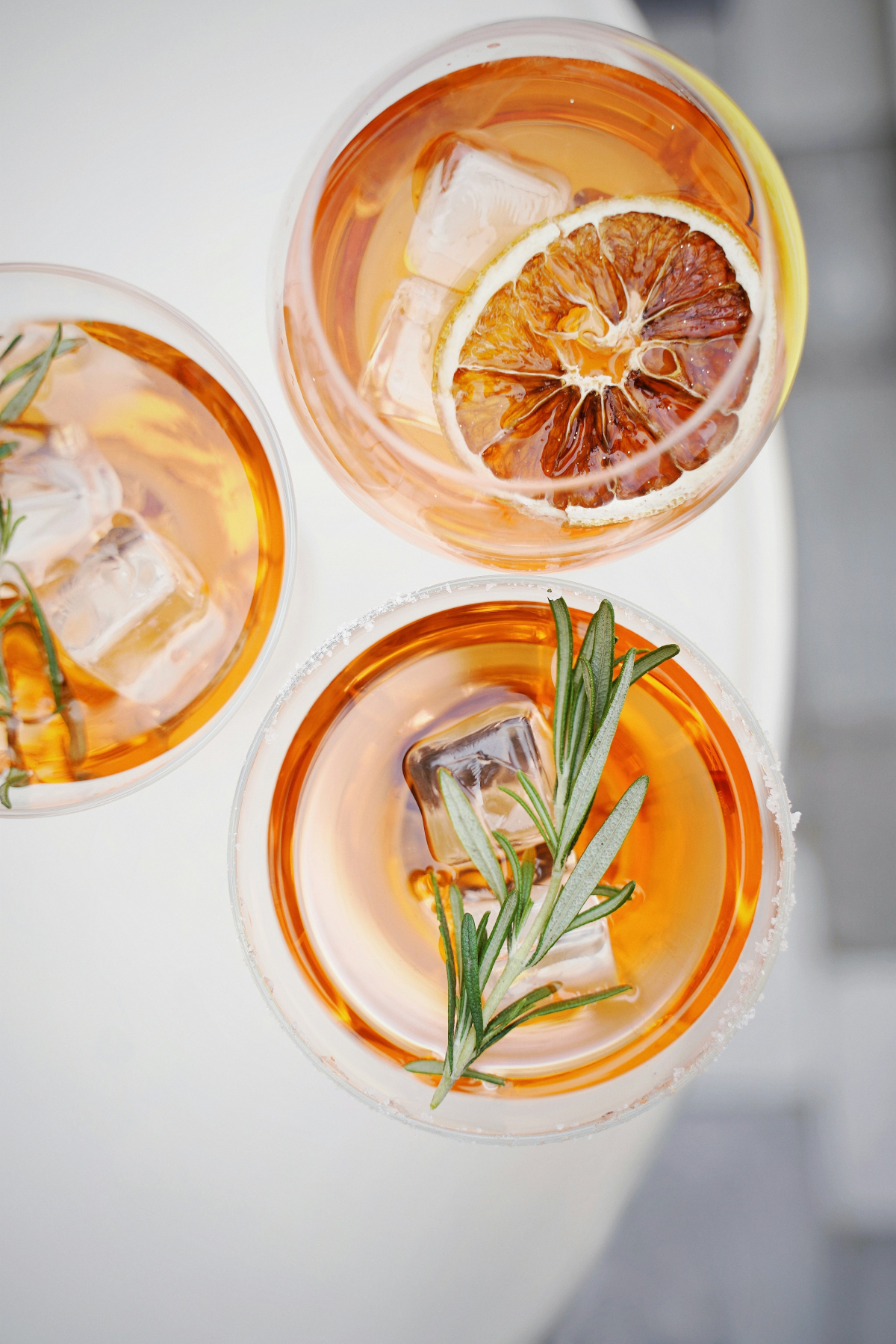
The Foundation: Setting Up Your Home Bar
Before we even think about mixing, let’s talk about the culture. In France, drinks are part of the social fabric, closely tied to meals. You’ve got the apéritif before dinner to wake up your palate—usually something light, dry, or a bit bitter. Then, after the meal, comes the digestif, which is typically richer and designed to help everything settle. It’s a civilized way to bookend a great meal.
But to make any of this happen, you need a few key things.
Your Bartender’s Starter Kit
You don’t need a ton of fancy gear to get started. Honestly, you can make world-class drinks with just three essential tools. You can find a decent starter set online or at stores like Home Depot for around $30-$50.
- Boston Shaker: This is a two-piece set (a large tin and a smaller one, or a tin and a pint glass). It gives you a better seal and more room for the ice to do its thing. Way better than those flimsy shakers with the built-in strainer.
- Hawthorne Strainer: This is the coil-rimmed strainer that fits perfectly over your shaker tin. It holds back the ice while letting the beautifully chilled liquid flow.
- Jigger: For consistency, you need to measure. A jigger is a small hourglass-shaped tool for measuring liquor. Get one with markings for 0.5, 0.75, 1, 1.5, and 2 ounces. Precision is your friend here.
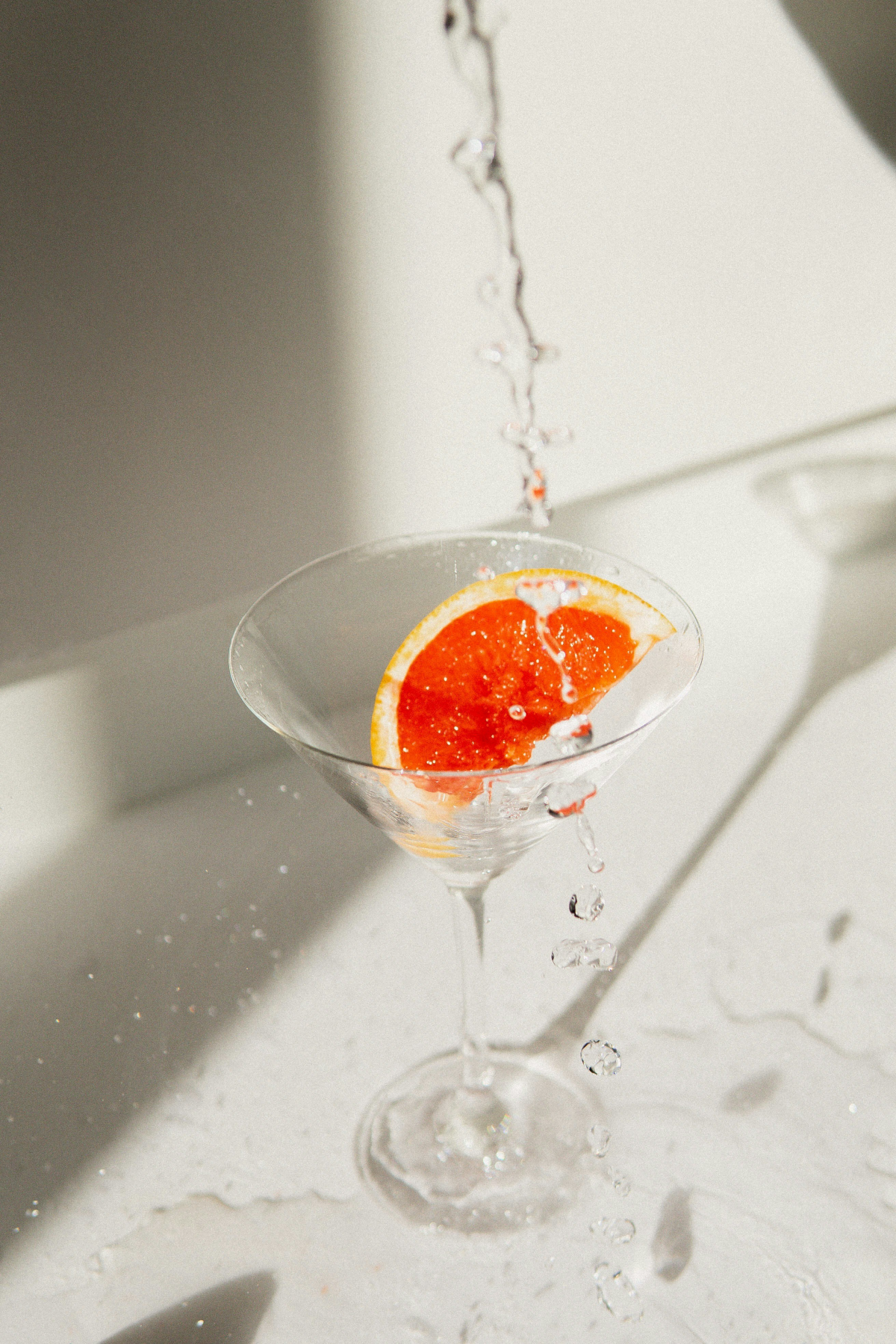
The 3 Most Versatile Bottles
If you’re building your bar from scratch, start here. These three will let you make a huge range of classic cocktails.
- A Solid VSOP Cognac: This is the heart of so many French drinks. A VSOP (Very Superior Old Pale) has been aged enough to have character without breaking the bank. Expect to spend between $40 and $60 for a good one.
- A Classic London Dry Gin: Look for something with a strong juniper backbone. It’s perfect for drinks where you need the gin to stand up to other flavors. You can get a fantastic bottle for $25-$35.
- A Quality French Dry Vermouth: An essential mixer. Look for brands that come from France for that classic nutty, herbal profile. A bottle will run you about $15-$20 and should be stored in the fridge after opening!
The Essential French Spirits and Liqueurs
A great bar is built on great bottles. For this style of drink, a few categories are non-negotiable. Knowing what they are is half the battle.
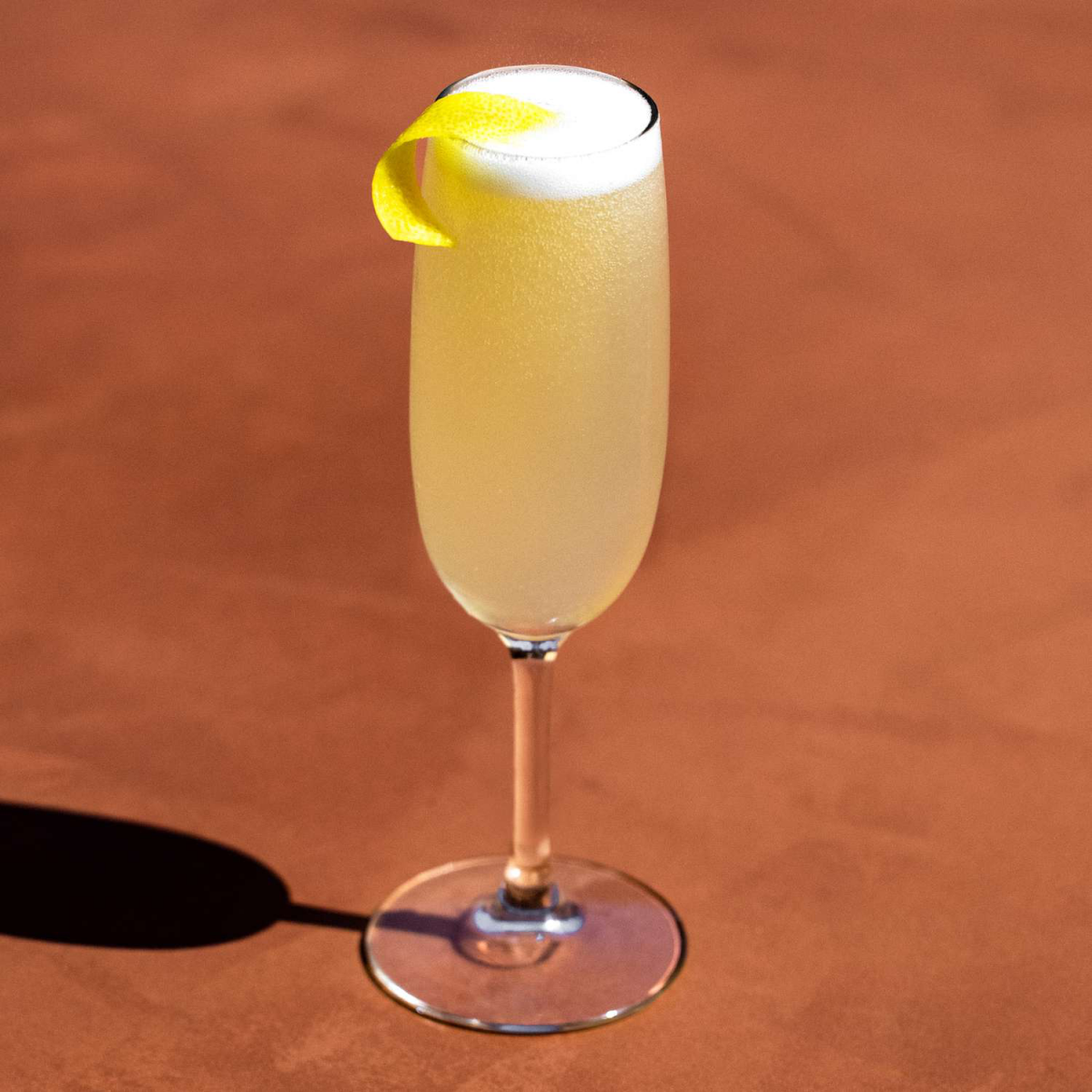
- Cognac & Armagnac: Both are incredible French grape brandies. Cognac is often double-distilled, giving it a smoother, more refined profile. Armagnac is usually distilled just once, which can make it feel a bit more rustic and robust. Both are fantastic.
- Calvados: This is an apple (or pear) brandy from the Normandy region. Younger versions are crisp and fruity, while older ones get these amazing baked apple and spice notes.
- Chartreuse: A legendary herbal liqueur that has been made by monks for centuries. The recipe is famously a secret. Green Chartreuse is the powerhouse at 55% ABV—intensely herbal and complex. Yellow Chartreuse is its gentler, sweeter sibling. Heads up: This stuff isn’t cheap, often costing $60-$70 a bottle, but a little goes a very, very long way.
- Bénédictine D.O.M.: A sweeter herbal liqueur from Normandy with notes of honey, saffron, and a blend of 27 different botanicals. It’s unique and irreplaceable in the drinks that call for it.
- Crème de Cassis: A sweet liqueur made from blackcurrants. This is one where you really shouldn’t cheap out. Look for one from Dijon. A quality bottle will cost around $25-$35 and have a deep, jammy, tart fruit flavor. The cheap stuff (around $10) is often just sugary syrup and will ruin your drink.
- French Vermouth: The French are known for their dry vermouth, which is often nutty and crisp. But they also make fantastic sweet vermouth, which tends to be lighter and more floral than the more common Italian style.
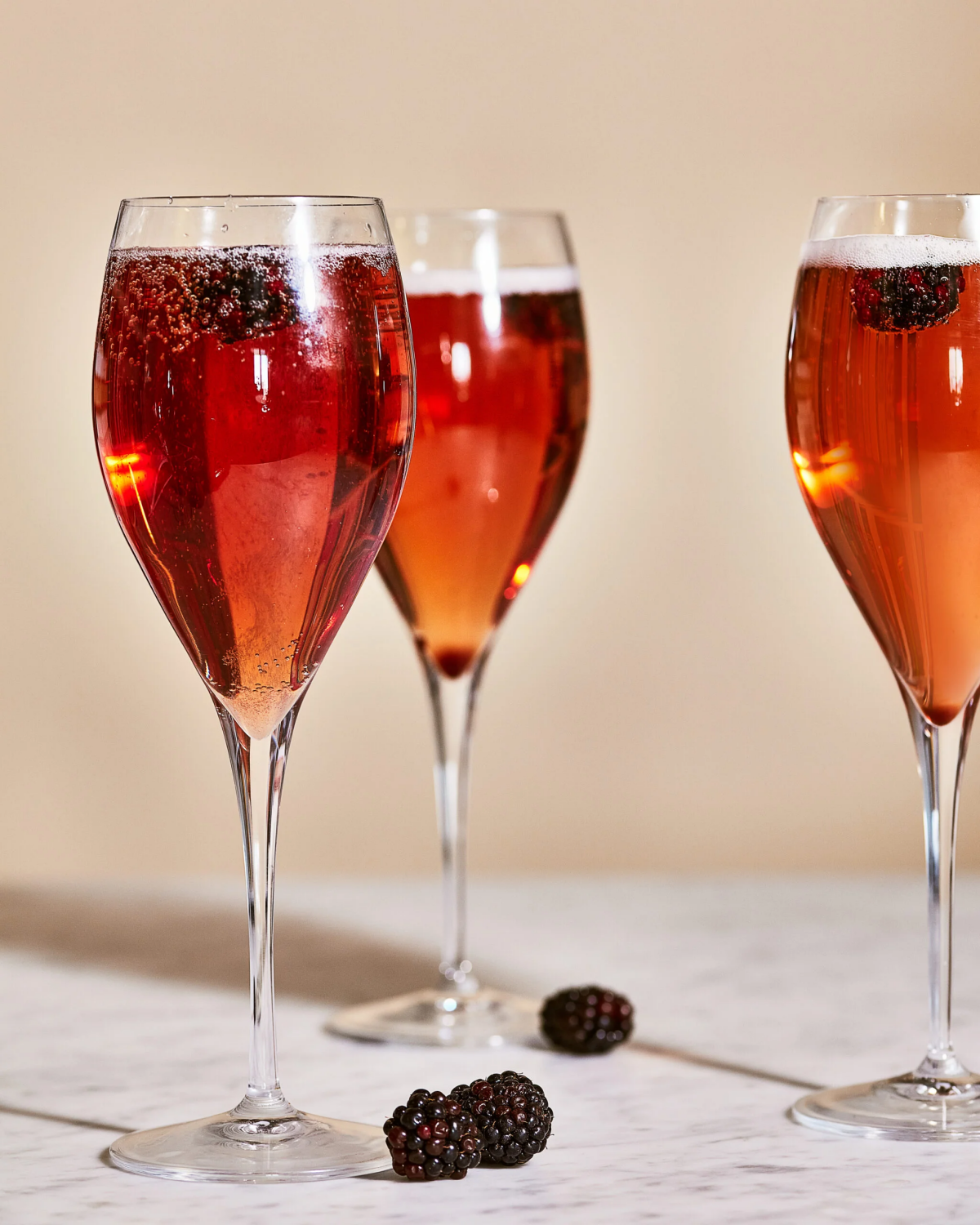
Shaken or Stirred? Here’s What Actually Matters
Choosing whether to shake or stir isn’t about looking cool—it’s about science. You’re controlling temperature, dilution, and texture.
Here’s the deal: We shake drinks that have juice, cream, or egg whites in them. The intense motion chills the drink super fast and, more importantly, forces air into it. This creates a lighter, frothier texture. A good, hard shake for about 12-15 seconds is all you need. You’ll feel the shaker get frosty in your hands.
We stir cocktails that are made of only spirits (like a Boulevardier or a Sazerac). The goal here is to get it cold and add a bit of dilution without adding air. This keeps the drink’s texture silky and smooth. Just use a bar spoon and stir smoothly for 20-30 seconds until the outside of your mixing glass is cold to the touch.
The Cocktails: A Pro’s Repertoire
Alright, let’s get to the fun part. Here are ten incredible drinks that will teach you everything you need to know. We’ll break down the right ingredients, the pro technique, and the common pitfalls to avoid.
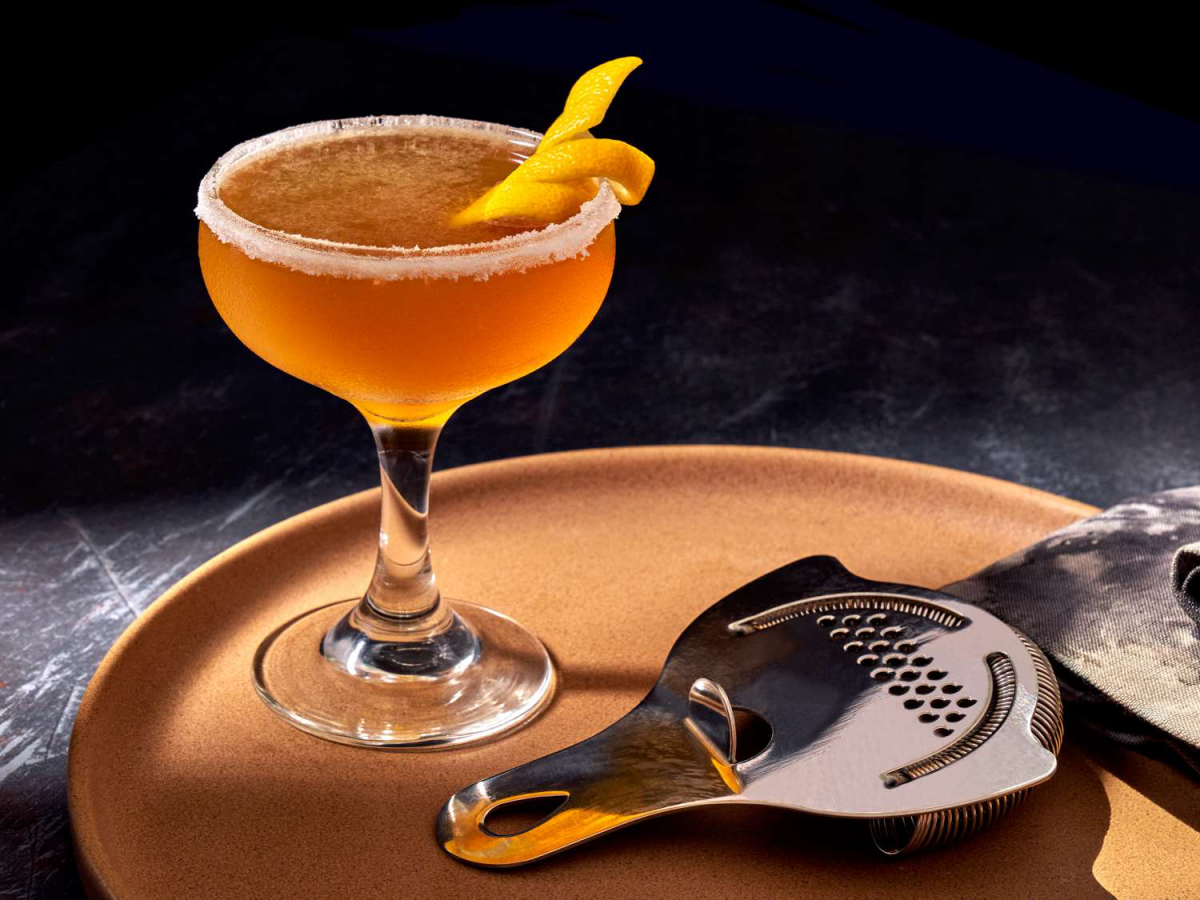
1. The French 75
This drink is pure celebration in a glass. It’s powerful yet elegant and needs a delicate touch to get right. The biggest mistake people make is thinking of it as just a gin sour with some bubbles plopped on top. The real art is making the gin, lemon, and sugar base so perfectly integrated that the Champagne feels like it’s lifting the whole thing up into one cohesive, sparkling flavor.
- Recipe: 1.5 oz London Dry Gin, 0.75 oz Fresh Lemon Juice, 0.5 oz Simple Syrup, 3 oz Brut Champagne.
- Technique: Shake the gin, lemon, and syrup with ice. Double-strain it into a chilled Champagne flute, then gently top with very cold Champagne. Garnish with a long lemon twist after expressing the oils over the drink.
- Party Hack: Having people over? Mix up a batch of the gin, lemon, and syrup base ahead of time and keep it chilled in the fridge. When your guests arrive, just measure it into a flute, top with bubbles, and garnish. You look like a master mixologist with zero stress.
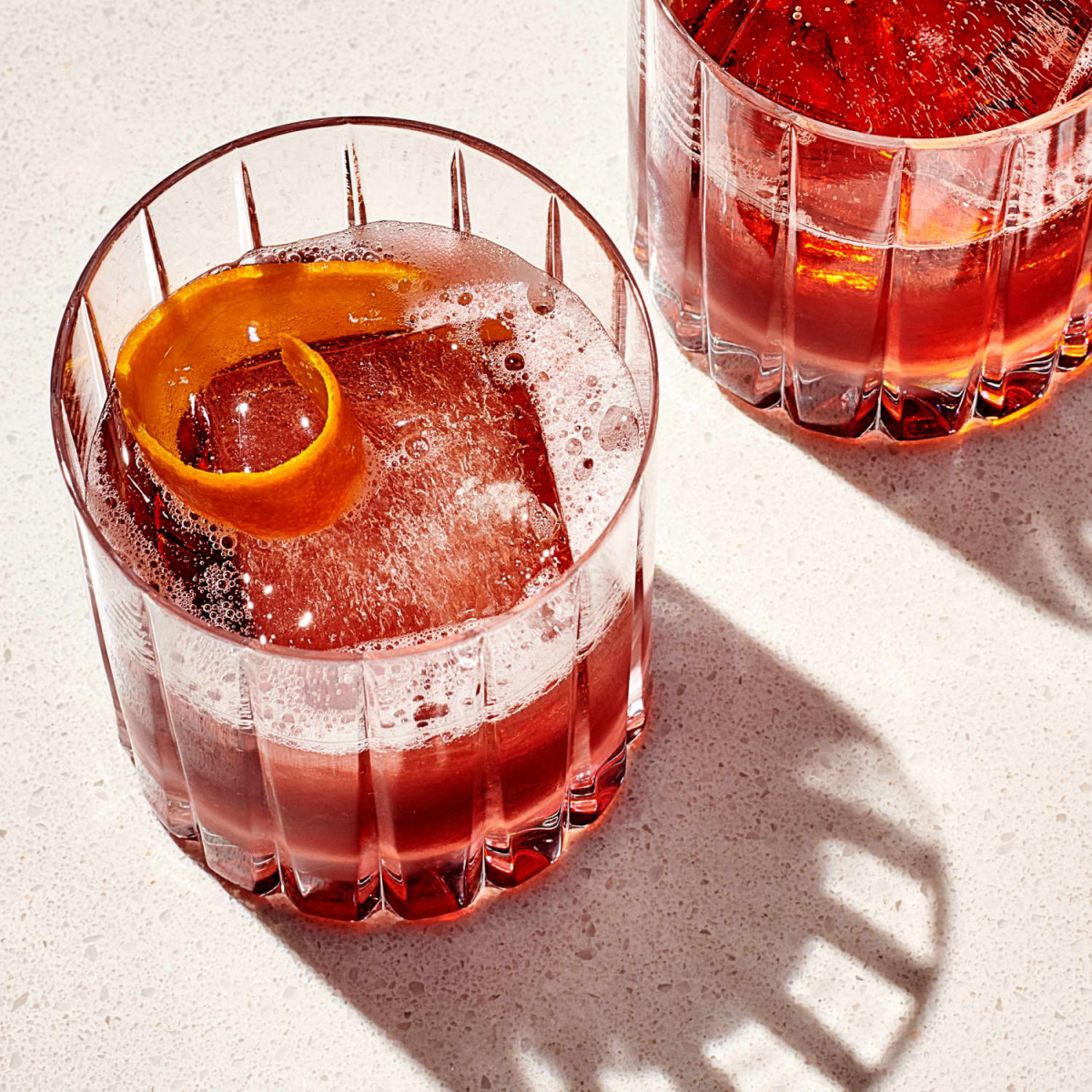
2. The Kir Royale
This is the definition of simple elegance. It’s less about a complex technique and more about sourcing one great ingredient. Oh, and by the way, if you’re new to making cocktails, start here. This two-ingredient drink is all about quality, not skill, and it’s almost impossible to mess up.
- Recipe: 0.5 oz Crème de Cassis, 4 oz Brut Champagne or Crémant.
- Technique: Pour the Crème de Cassis into a chilled flute first. Then, gently pour the sparkling wine on top. The bubbles will do the mixing for you. The goal is a delicate blush pink color, not a deep purple.
- Good to know: The quality of your Crème de Cassis is EVERYTHING here. Use the good stuff from Dijon. For the bubbles, you don’t need a $100 bottle of Champagne. A fantastic Brut Crémant for $20-$25 is perfect.
3. The Sidecar
A true classic and a perfect test of a bartender’s skill in balancing strong, sweet, and sour. There are two main approaches to making it. One method, often called the “French school,” uses equal parts Cognac, Cointreau, and lemon juice. It creates a very bright, citrus-forward drink.
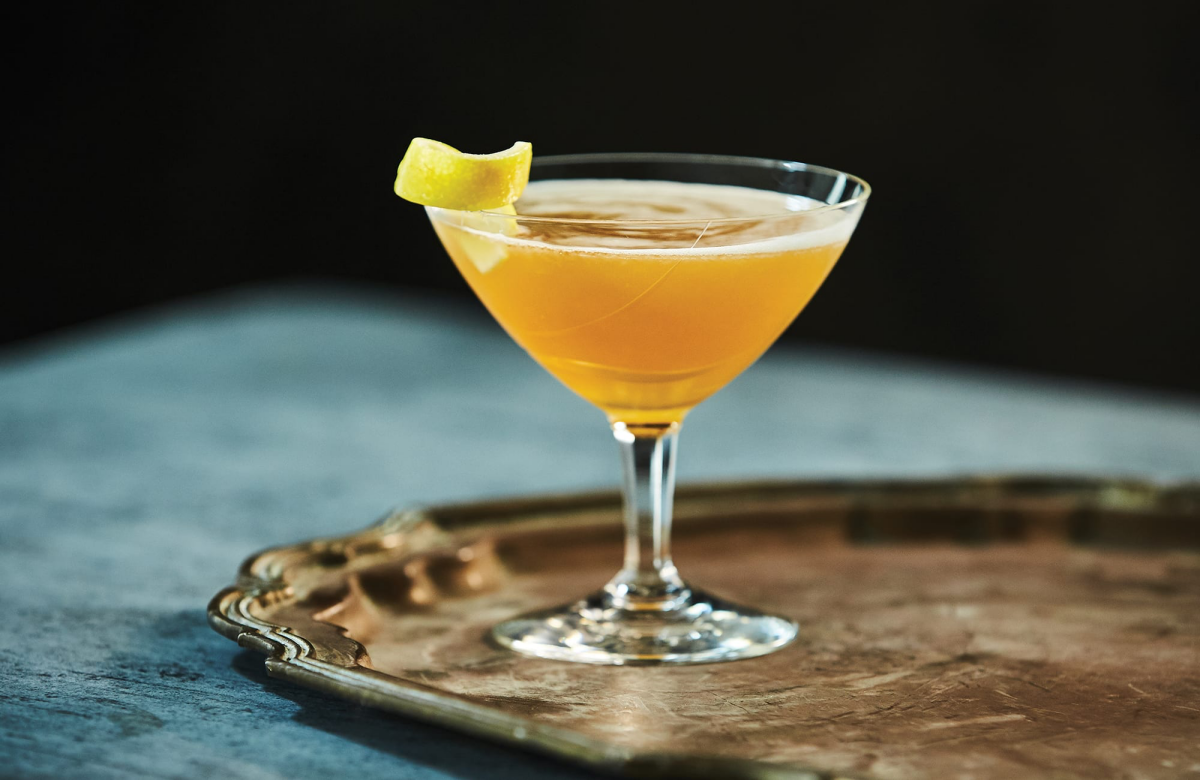
But personally, I’m a fan of the other method, sometimes called the “English school,” which uses a heavier pour of the base spirit. This approach lets the beautiful fruit and spice notes of the Cognac really shine through, which, for me, is the whole point.
- Recipe (English School): 2 oz VSOP Cognac, 0.75 oz Cointreau, 0.75 oz Fresh Lemon Juice.
- Technique: Shake all ingredients vigorously with ice until the shaker is painfully cold. Double-strain into a chilled coupe glass. A sugar rim is traditional but I usually skip it; I find it can make the drink a bit too sweet.
- Pro Tip: If your final drink tastes a little too sharp, it might just be that your lemons are extra tart. Don’t be afraid to add a tiny splash (about a teaspoon) of simple syrup to bring it back into balance. The goal is a delicious drink, not blindly following a recipe.
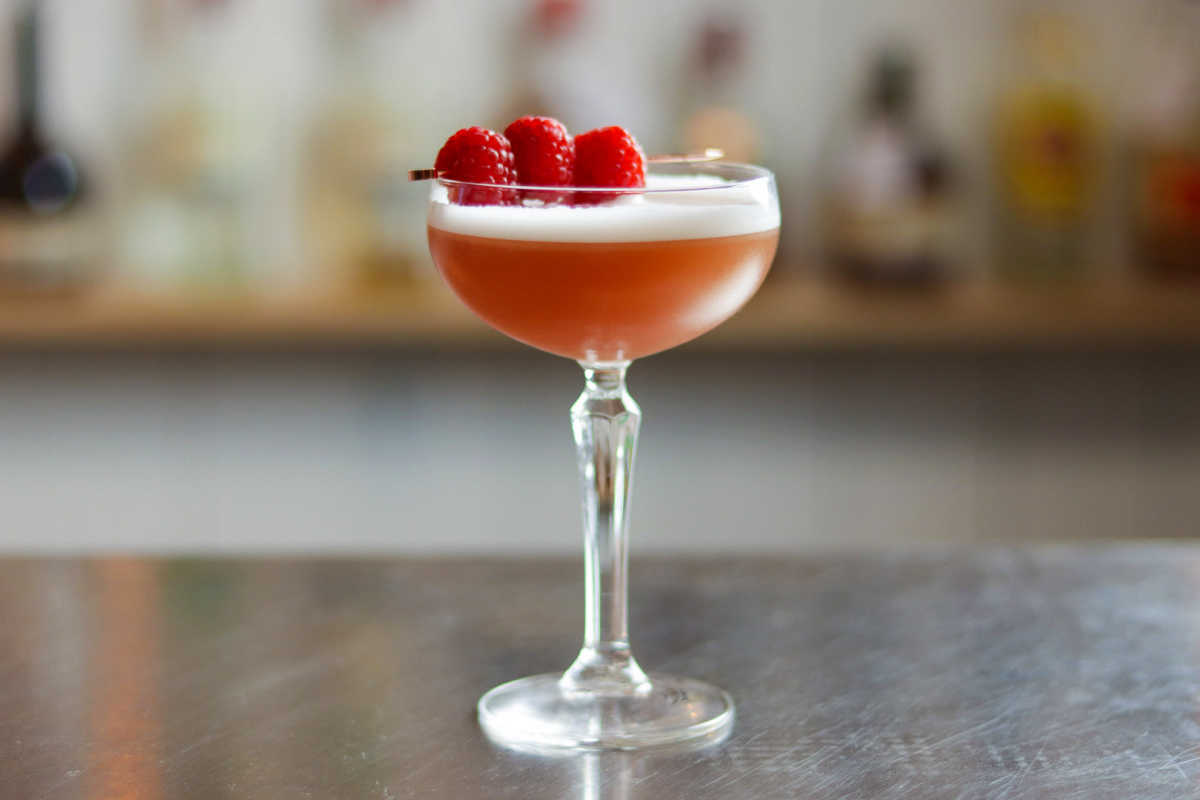
4. The Boulevardier
People often call this a “Negroni with whiskey,” but that really sells it short. It’s a rich, complex, and warming drink that feels like an American classic born in Paris. The key here is picking a whiskey that has enough backbone to stand up to the bold, bitter flavor of Campari. A bourbon with a high rye content or a straight-up rye whiskey is your best bet.
- Recipe: 1.5 oz Rye Whiskey, 1 oz Campari, 1 oz French Sweet Vermouth.
- Technique: Stir all ingredients with plenty of ice in a mixing glass for about 25 seconds. Strain into a rocks glass over a single large ice cube. Garnish with a wide orange peel, expressing the oils over the surface.
5. The Champs-Élysées
This one is a lesser-known gem, but it’s absolutely stunning. It’s a sophisticated mix of Cognac and Green Chartreuse, and let me tell you, Green Chartreuse can be a bully in a bottle. The secret is to use it as a delicate accent, not the main event. The Cognac has to lead the way.
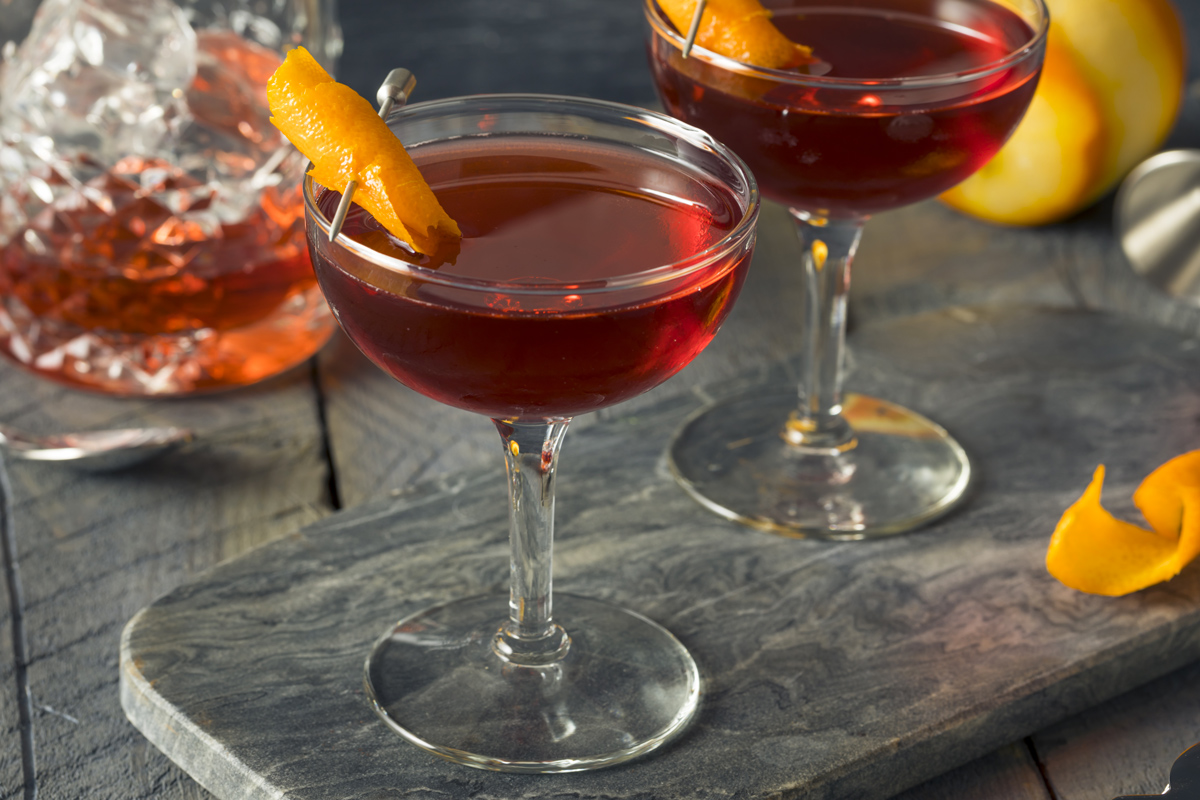
- Recipe: 2 oz VSOP Cognac, 0.5 oz Green Chartreuse, 0.75 oz Fresh Lemon Juice, 0.25 oz Simple Syrup, 1 dash Angostura Bitters.
- Technique: Shake everything with ice and double-strain into a chilled coupe. If you’re new to this one, maybe even start with just 0.25 oz of the Chartreuse. You can always add more, but you can’t take it away!
6. The French Martini
Okay, full disclosure: this isn’t some old-school classic from a dusty recipe book. It’s a more modern creation named for its French ingredients. But it’s so popular and delicious when made right that it’s earned its spot. The key is the texture—it should have a rich, foamy head from the pineapple juice.
- Recipe: 2 oz Vodka, 0.5 oz Raspberry Liqueur (like Chambord), 1.5 oz Pineapple Juice.
- Technique: This is a drink you have to shake with purpose. Shake it HARD for at least 15 seconds to get the pineapple juice to create that beautiful foam. Strain into a chilled martini glass and garnish with a raspberry.
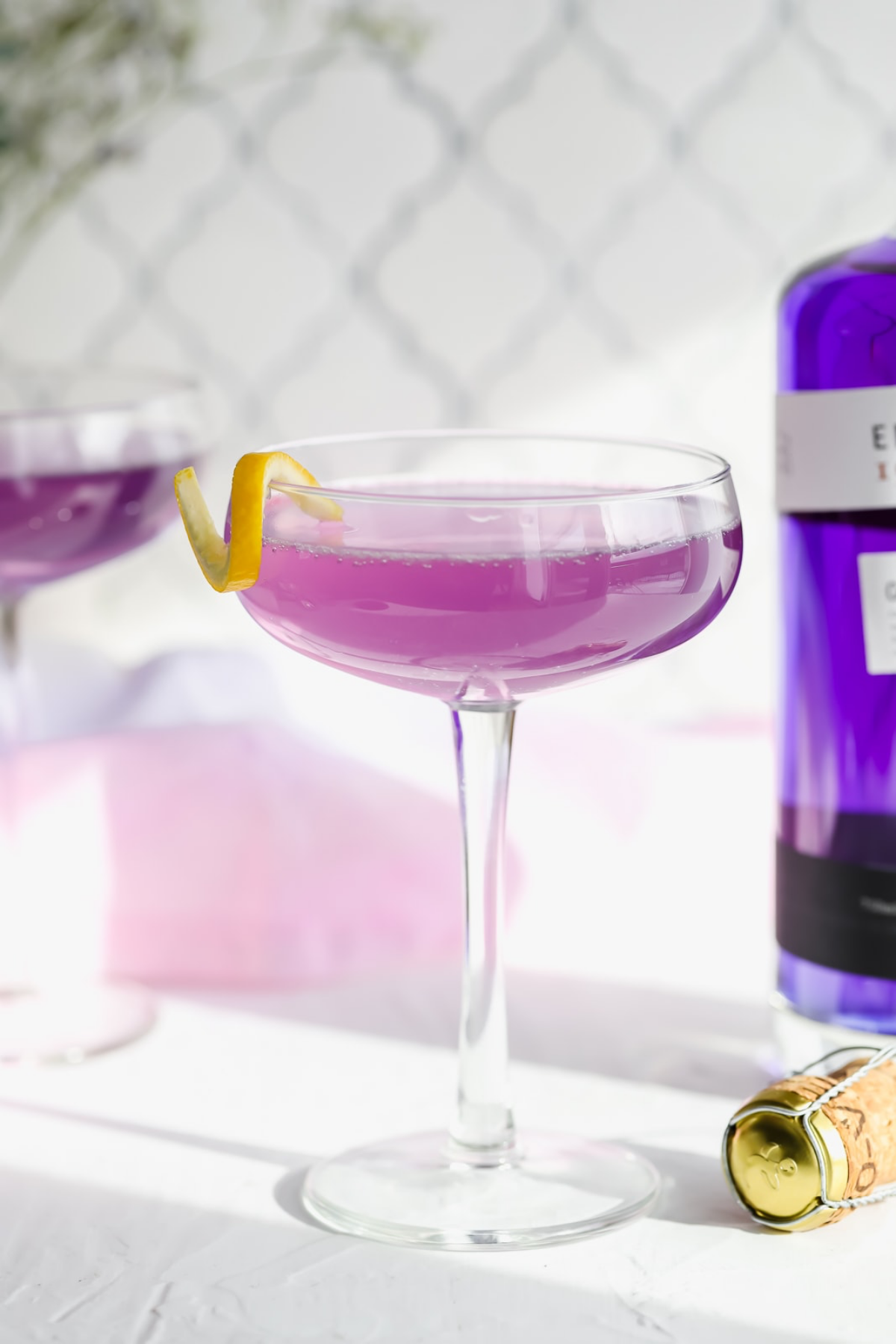
7. The Sazerac
This is a legendary cocktail with deep French roots, defined by its core ingredients: Cognac and absinthe. Making one is a ritual. Every step matters, from chilling the glass properly to the absinthe rinse, which provides an essential aromatic backdrop. It’s served with no ice, so your technique has to be on point.
- Recipe: 2 oz Rye Whiskey or Cognac, 1 Sugar Cube, 3 dashes Peychaud’s Bitters, a rinse of Absinthe.
- Technique: Chill a rocks glass. In a separate mixing glass, muddle the sugar cube with the bitters. Add the whiskey/Cognac and ice, then stir until perfectly cold. Dump the ice from the first glass, add a splash of absinthe, swirl to coat the inside, and discard the excess. Strain the drink into the rinsed glass. Express a lemon peel over the top for its aroma, then discard the peel.
8. The Vieux Carré
If the Sazerac is the king, the Vieux Carré is its sophisticated, world-traveling cousin. It’s a spirit-forward masterpiece that beautifully balances spicy rye, smooth Cognac, and herbal Bénédictine. It’s complex, contemplative, and incredibly rewarding to make.
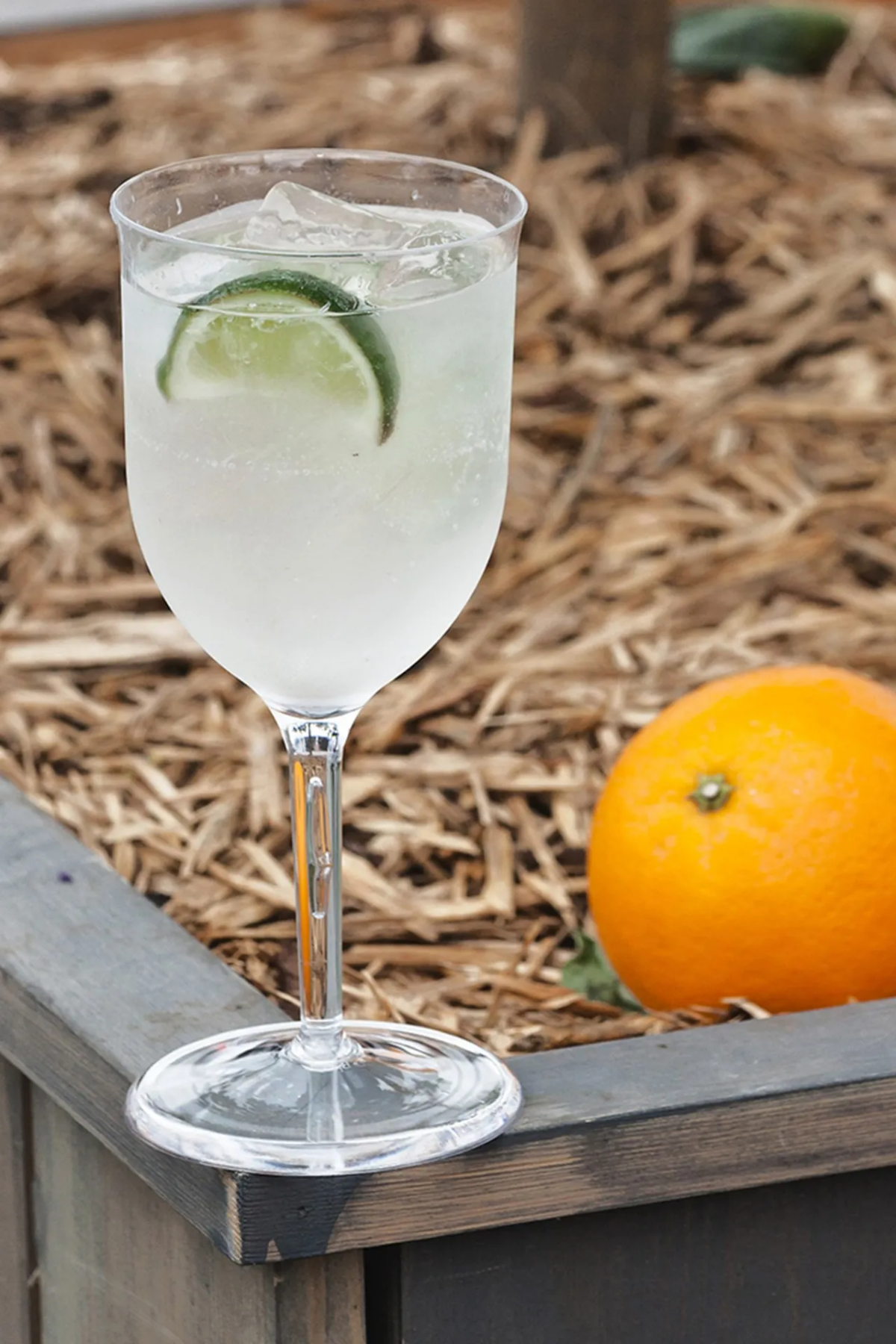
- Recipe: 0.75 oz Rye Whiskey, 0.75 oz VSOP Cognac, 0.75 oz French Sweet Vermouth, 1 bar spoon (about a teaspoon) Bénédictine, 2 dashes Peychaud’s Bitters, 2 dashes Angostura Bitters.
- Technique: Just like the Sazerac and Boulevardier, this is a stirred drink. Combine all ingredients in a mixing glass with ice. Stir until well-chilled (about 25-30 seconds). Strain into a rocks glass over a large ice cube and garnish with both a lemon and an orange twist.
9. The Corpse Reviver #2
Don’t let the name scare you; this is one of the most perfectly balanced and refreshing classic cocktails out there. It’s a bright, aromatic drink with a fascinating interplay of botanicals, citrus, and a whisper of anise from an absinthe rinse. The proportions here are critical—it’s a drink of equals.
- Recipe: 0.75 oz London Dry Gin, 0.75 oz Cointreau, 0.75 oz Lillet Blanc (a French apéritif wine), 0.75 oz Fresh Lemon Juice, 1 dash Absinthe.
- Technique: First, rinse a chilled coupe glass with the dash of absinthe, swirling to coat and discarding the excess. Then, combine the gin, Cointreau, Lillet Blanc, and lemon juice in a shaker with ice. Shake well and double-strain into the prepared glass. An orange twist is a nice garnish.

10. Death in the Afternoon
Let’s end with something bold, simple, and legendary. This two-ingredient cocktail is a potent and aromatic experience. It transforms a simple glass of bubbly into something ethereal and mysterious. A word of caution: this is a strong one, so sip slowly!
- Recipe: 1.5 oz Absinthe, 4.5 oz Brut Champagne.
- Technique: The traditional method is to pour the absinthe into a chilled Champagne flute and then very slowly pour the cold Champagne over it. This causes the absinthe to louche (turn cloudy) in a beautiful, milky swirl. For a modern, slightly less intense take, you can use just 0.5 oz of absinthe. There’s no garnish needed; the drink is the whole show.
Galerie d’inspiration
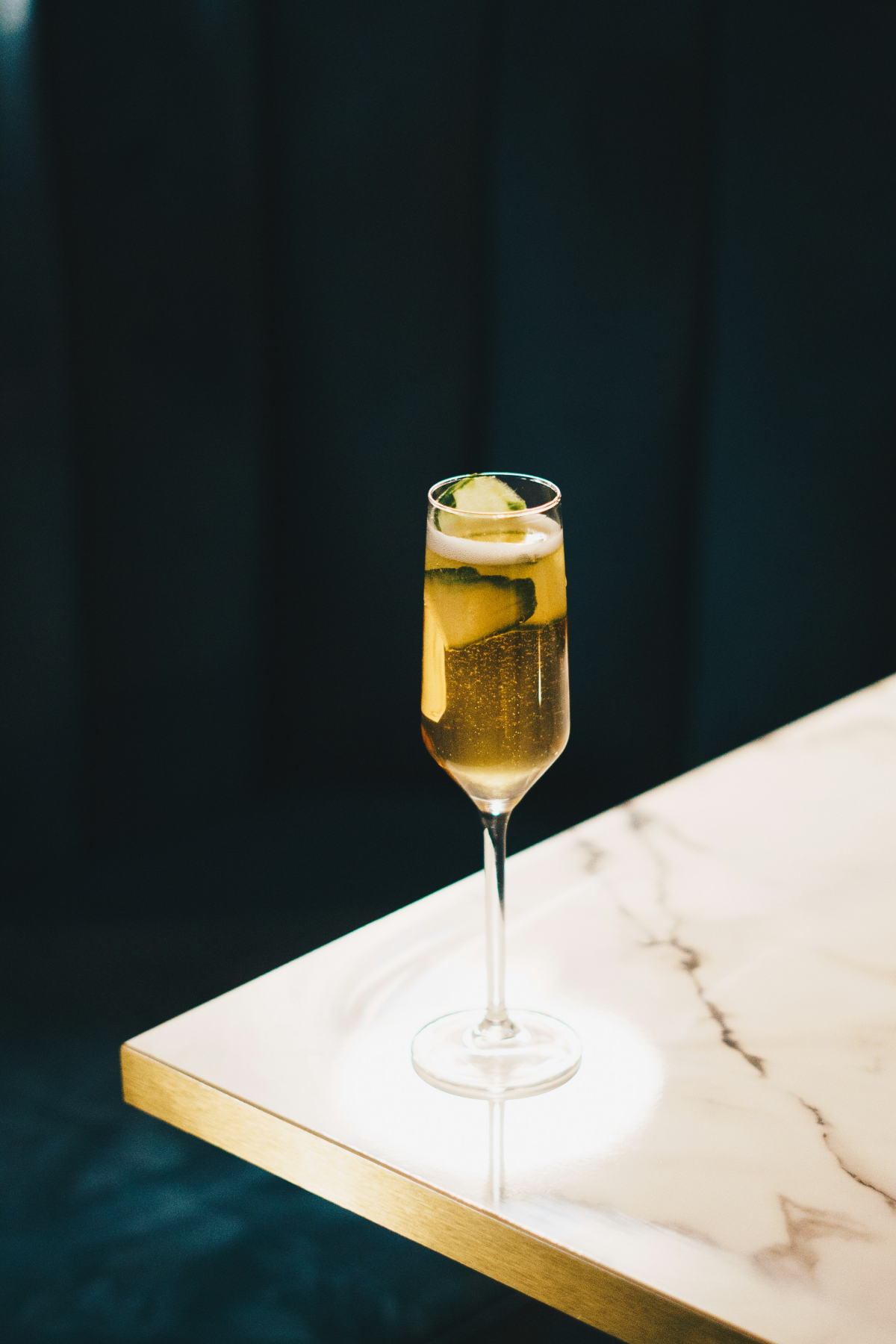
For a soft, floral welcome: Lillet Blanc. This iconic apéritif from Bordeaux is wine-based, infused with citrus liqueurs and a touch of quinine from cinchona bark. The result is light, honeyed, and subtly fruity. It’s incredibly versatile but shines brightest served simply over ice with a twist of orange or lemon.
For a bold, earthy statement: Suze. With its vibrant yellow hue and unmistakable bittersweet flavor derived from gentian root, Suze is a true French classic. It’s more assertive and complex than Lillet, offering a palate-awakening bitterness that’s beautifully balanced with herbal notes. Try it in a Suze & Tonic for a refreshing twist.
The choice isn’t about which is better, but what mood you’re in. Lillet is a sunny afternoon on the terrace; Suze is a chic, Parisian café moment.










